Reading list

Clean Approaches For Coaches
Marian Way
Marian’s book is about creating the conditions for change within a coaching session, quite naturally and without giving advice, making suggestions, or interpreting your clients’ needs. Written in a clear and engaging style, there are plentiful examples, diagrams and case studies to aid your learning.

From Contempt To Curiosity
Caitlin Walker
This book is a series of stories from Caitlin’s first meeting with David Grove to the development of Clean Modelling for groups and contains the principles and models underpinning Systemic Modelling.
It’s as relevant to business leaders as it is to parents, to organisational development as it is to creating learning communities.
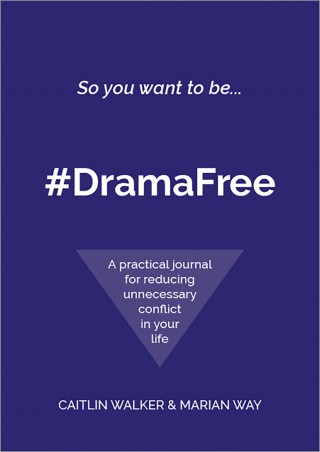
So ... You want to be #DramaFree
Caitlin Walker & Marian Way
Caitlin and Marian’s latest book: an interactive journal to help you reduce unnecessary conflict in your life. Includes 24 skills, tools and strategies, clean questions and tried-and-tested exercises designed to change the way you think about and react to the drama situations you find yourself in. A personal journey to create a calmer, more stress free life.

Insights in Space
James Lawley and Marian Way
This book is all about how to facilitate people to solve personal and professional problems, generate ideas and access creativity by finding spaces to represent multiple perspectives and developing a network of possibilities. Learn David Grove’s Clean Space process and discover how to adapt it for any context, including with groups.

The Clean Collection
James Lawley and Penny Tompkins
This is a fantastic website, with dozens or probably hundreds, of articles and blog posts related to Clean Language, Symbolic Modelling, Clean Space and Emergent Knowledge. Go browse!

Clean Language Interviewing: Principles and Applications for Researchers and Practitioners
Heather Cairns-Lee, James Lawley and Paul Tosey
Any new approach needs to go through a period of experimentation, honing and legitimising before it moves from the hands of early adopters to general use. This book takes the innovation of Clean Language interviewing and crosses that chasm. As well as being about how to reduce interviewer bias and gather high quality data, this book helps interviewers create a model of their experience and demonstrate that the data gathered is grounded in the experience of their interviewees. As well as explaining the mechanics of the Clean Language interviewing process, there are also exciting essays, including one by Caitlin and Marian, on just some of the applications for this innovative process.

Resolving Traumatic Memories: Metaphors and Symbols in Psychotherapy
David J. Grove & B.I. Panzer
Although David was a prolific innovator and produced a number of recordings and workbooks, this is his only full-length book on the subject of Clean Language. In it, he and Basil Panzer talk about its origins and its original use in psychotherapy for trauma patients. It includes a number of case studies which are reported verbatim. It is well worth a read.

Metaphors in Mind
Penny Tompkins and James Lawley
Written for therapists, this book describes the process of using Clean Language for Symbolic Modelling in detail and includes many examples and case studies. There is also a chapter about non-therapeutic applications. A must-read book for anyone who is serious about mastering Clean Language.

A Strange and Strong Sensation (DVD)
Penny Tompkins & James Lawley
This training DVD contains a complete Symbolic Modelling session with on-screen annotation. The client discovers her personal metaphors and symbols and learns how these weave together to form a Metaphor Landscape. She is facilitated to identify the conditions necessary for organic change within this landscape, so that new ways of perceiving herself and her world emerge. Includes 36 page booklet with full transcript and unique three-perspective commentary.
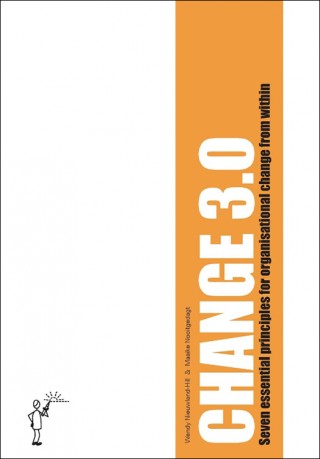
Change 3.0
Wendy Nieuwland-Hill & Maaike Nooitgedagt
How do you use people’s innate potential for change in order to achieve organisational change? This book, based on Clean Language principles, addresses this question along with: What can you do to make organisational change successful, creating change that will last, without the constant need to draw it out of people? How do you engage people in change processes without becoming directionless?
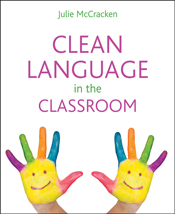
Clean Language in the Classroom
Julie McCracken
Clean Language is founded on listening and a particular kind of questioning, which uses Clean questions , formed by taking a person’s own words and blending them with a question which has been designed to be as free as possible from assumptions about what the answer might be.
Written by Julie McCracken, a real teacher with extensive experience of using these approaches with her classes, this book provides a comprehensive guide to using Clean Language techniques in the classroom.
This innovative new book gives teachers the tools to use Clean Language in their classrooms, including detailed step-by-step instructions, effective questioning and modelling techniques and case studies. The benefits of the Clean approach include: improved communication; improved attainment; a supportive, collaborative classroom culture and independent, reflective learners.

Trust Me, I’m The Patient: Clean Language, Metaphor, and the New Psychology of Change
Philip Harland
Philip Harland takes us on a clear and compelling journey into the nuances of words, questions, and sentence structure, and explains why small changes make such a big difference to both listener and speaker. He guides us through the minefields of unclean practice and shows us how seductive and wasteful our projections and assumptions can be. This is a fabulous clean resource that closely matches the way the creator of Clean Language, the late David Grove, would explain himself.

The 5-Minute Coach
Lynne Cooper and Mariette Castellino
This book explains how you can use Clean Language to coach someone to take action in five minutes - or maybe a little longer 😊 There are clear instructions for moving through five stages of coaching, with plenty of examples and ideas for what to do if the unexpected happens. Includes lots of ideas to help you coach people without giving them your ideas and suggestions.
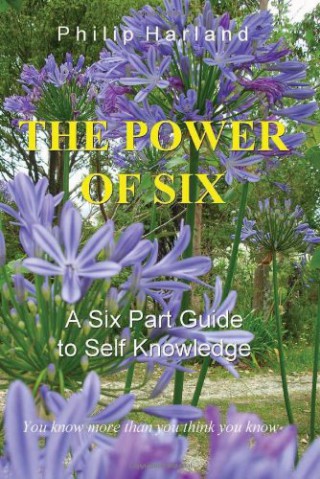
The Power of Six
Philip Harland
Philip Harland worked for an extended period with the late David Grove as he was developing Emergent Knowledge and The Power of Six. This is a brilliant book which explains the process and how it works.
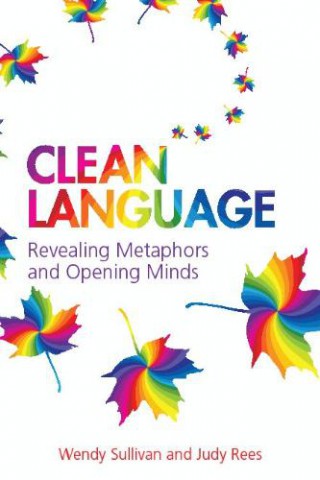
Clean Language: Revealing Metaphors and Opening Minds
Wendy Sullivan & Judy Rees
This book discusses Clean Language, how to use it to help keep your opinions, assumptions and advice to yourself, and how to work with autogenic metaphors. It is written for a broad range of people from helping professionals like psychotherapists and organisational coaches to interested laypeople.
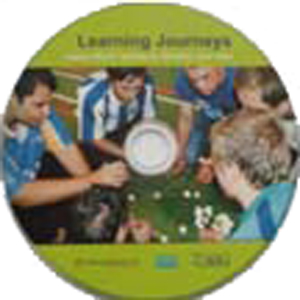
Learning Journeys CD-ROM
Caitlin Walker
This Learning Journeys DVD was created in conjunction with Liverpool John Moores University in a series of Clean Modelling sessions with successes in the field of Sports Development.
Caitlin Walker demonstrates using Clean Questions to uncover their models for:
- Working at your Best
- Managing Time
- Decision Making
- Inspiration and Motivation
- Overcoming Setbacks.
This unique training tool is inspirational and a great opportunity to observe Clean Questions in a real interview context.
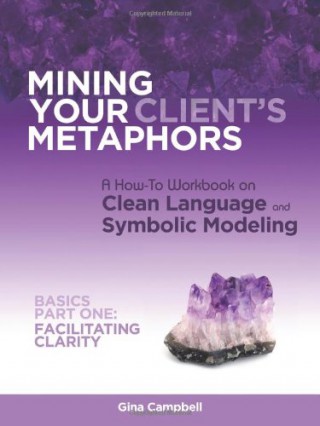
Mining Your Client’s Metaphors
Gina Campbell
A self-study tool or course textbook for those learning Clean Language and Symbolic Modelling. This is the first of two workbooks in the series.

Panning for Your Client’s Gold
Gina Campbell
Discover twelve easy-to-learn Clean Language processes that combine the science of emergence and Metaphor Therapy as only creative innovator David Grove could.

Mining Your Client’s Metaphors: A How-To Workbook on Clean Language and Symbolic Modeling
Gina Campbell
A self-study tool or course textbook for those learning Clean Language and Symbolic Modelling. This is the second of two workbooks in the series. Facilitating Change teaches you how to help your clients transform the mind/body metaphors that colour their perceptions and guide their life choices to support healthier and happier living.

Hope in a Corner of My Heart: A Healing Journey Through the Dream-Logical World of Inner Metaphors
Gina Campbell
Hope in a Corner of My Heart follows Julia’s journey through grief after losing her daughter, using Clean Language to explore her inner world of metaphors and uncover deep healing. Through real session transcripts and guided activities, this book offers insight into self-discovery and the subconscious mind’s wisdom.

Teaching in Mind
Judith Lloyd Yero
This book examines how fundamental beliefs about teaching and learning affect what teachers do and the results they get. In it, teachers are invited to examine their metaphors for the educational process and to consider how an individual change informed by this self-scrutiny might have a positive impact on their performance.

Metaphors We Live By
George Lakoff and Mark Johnson
A classic text book about metaphor and its role in language and the mind.
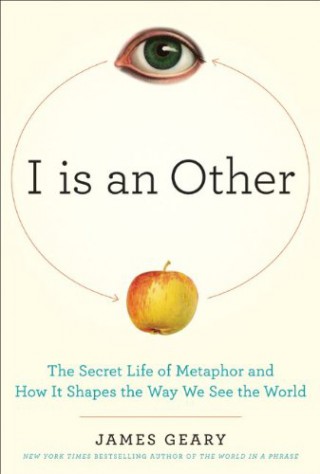
I Is An Other: The Secret Life of Metaphor and How it Shapes the Way We See the World
James Geary
This book is a good introduction to recent developments in the field of metaphor. James Geary demonstrates how metaphor lurks behind effective advertisements, affects financial decision-making and inspires learning and discovery. You can also read about his experience as a client of Penny Tompkins and James Lawley and how metaphor can be used as a tool to achieve emotional insight and psychological change.

Images of Organization
Gareth Morgan
This book is a classic in the canon of management literature. It is based on a simple premise: that all theories of organisation and management are based on implicit images or metaphors that lead us to see, understand, and manage organizations in distinctive yet partial ways. It challenges and reshapes how we think about organisation and management in the most fundamental way.
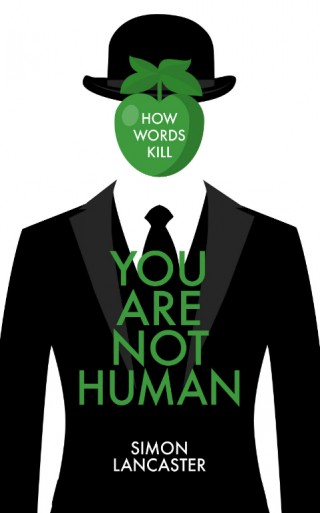
You Are Not Human
Simon Lancaster
A book about how metaphors are used and abused today. While vulnerable groups are dehumanised with terms like Scum, Bitch and Vegetable, the powerful are hailed as Stars, Angels or even Gods. A thought-provoking read.

The Path of Least Resistance
Robert Fritz
A revolutionary program for creating anything, from a functional kitchen to a computer program, to a work of art, Robert Fritz demonstrates that any of us has the innate power to create. Discover the steps of creating; the importance of creating what you truly love, how to focus on the creative process to move from where you are to where you want to be, and much more.
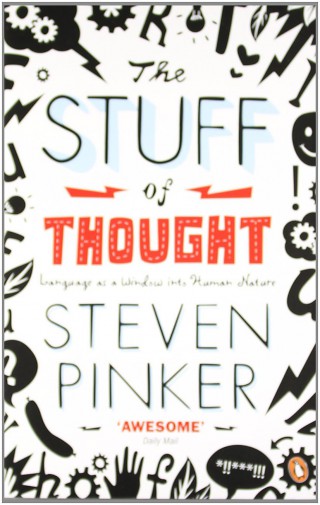
The Stuff of Thought: Language as a Window into Human Nature
Steven Pinker
In this book Steven Pinker looks at how the relationship between words and thoughts can help us understand who we are. Language is at the heart of our lives, and through the way we use it - whether to inform, persuade, entertain or manipulate - we can glimpse the very essence of what makes us human. Includes a mention of Symbolic Modelling.
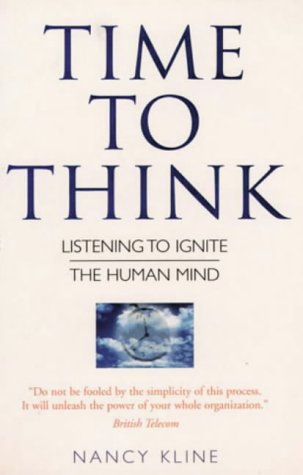
Time to Think: Listening to Ignite the Human Mind
Nancy Kline
This book is brilliant! Although it is not about Clean Language at all, it provides a really good rationale for why we should be ‘clean’ in our interactions with others, especially when we want them to be able do good thinking. It is about listening well and providing an environment where people are able to think their best thoughts.
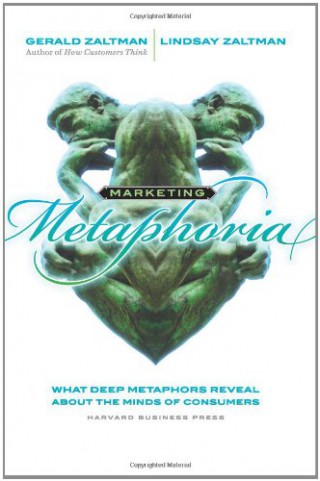
Marketing Metaphoria: What Deep Metaphors Reveal About the Minds of Consumers
Gerald Zaltman & Lindsay H. Zaltman
This book explains how and why we use deep metaphors, which the authors define as any form of non-literal representation so deeply embedded in a person’s thought processes that the person is unconscious of using it. The book focuses on seven metaphors in particular: balance, connection, container, control, journey, resource, and transformation. It shows how deep metaphors unconsciously pervade and shape our lives. The book focuses on customer relationships and market research although the thinking can be applied in a wide range of applications.
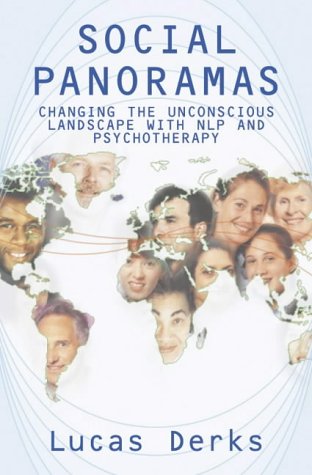
Social Panoramas
Lucas Derks
While not directly related to Clean Language, this book explains the spatial nature of our social experiences, and ‘space’ is a key aspect of all clean approaches, so it’s definitely worth a read. By answering questions such as, Where do you sense the presence of your loved ones? Your colleagues? The postman? ... you can map the locations in your mental space of the people you know, the result is your ‘social panorama’. The book explains how you can use the insights you gain from considering such questions to improve your relationships at work and at home.

Online Etymology Dictionary
This is a really useful resource for checking the etymology of any word. Etymologies are not definitions; they’re explanations of what our words meant and how they sounded 600 or 2,000 years ago.
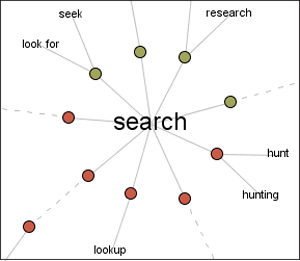
Visual Thesaurus
The Visual Thesaurus is an interactive dictionary and thesaurus which creates word maps that blossom with meanings and branch to related words. Its innovative display encourages exploration and learning. You’ll understand language in a powerful new way.

Emergence: The Connected Lives of Ants, Brains, Cities and Software
Steven Johnson
This is a fascinating look at how self-organising systems are changing the world. Emergence is change that occurs from the bottom up. When enough individual elements interact and organise themselves, the result is collective intelligence - even though no-one is in charge. Emergence is a phenomenon that is central to all clean approaches, which are all about bottom-up modelling.

Where Good Ideas Come From: The Seven Patterns of Innovation
Steven Johnson
This book identifies key principles that are the driving force of creativity. From the Renaissance to satellites, medical breakthroughs to social media, Charles Darwin to Marconi, Steven Johnson shows how, by recognising where and how patterns of creativity occur, we can all discover the secrets of inspiration.